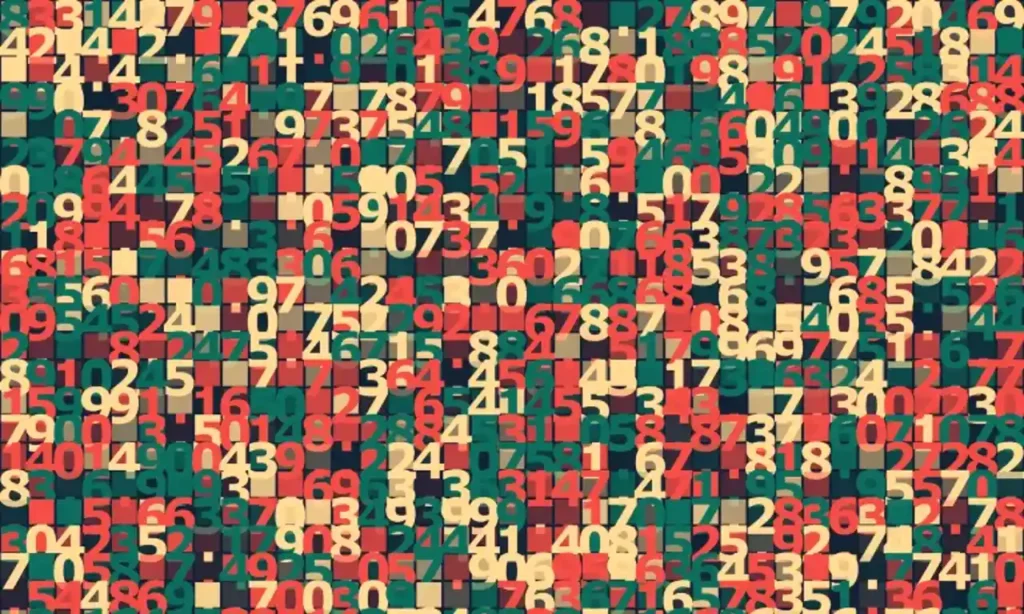Artificial intelligence (AI) models continuously surprise us with their capabilities and limitations. “AI Models & Their Favorite Numbers A Human-like Quirk ” An intriguing new behavior has emerged that is both superficial and revealing: AI models pick random numbers as if they’re human beings, which means, badly.
Understanding Human Randomness
Humans struggle with randomness. When asked to predict 100 coin flips, people rarely produce sequences that mirror actual randomness. Real coin flips often include long runs of heads or tails, but humans tend to avoid such patterns, mistakenly believing they are not random.
The same applies when people choose a number between 0 and 100. They seldom pick extremes like 1 or 100, avoid multiples of 5, and shy away from numbers with repeating digits like 66 and 99. Instead, people often select numbers like 7 or those in the middle range, as these seem more random to them.
AI Mimicking Human Bias
AI models exhibit similar biases in number selection. When tested, three different models each showed a “favorite” number, even at higher variability settings. OpenAI’s GPT-3.5 Turbo favored 47, though it previously preferred 42, famously the answer to everything in Douglas Adams’ The Hitchhiker’s Guide to the Galaxy. Anthropic’s Claude 3 Haiku also chose 42, while Gemini leaned towards 72.
Patterns in AI Number Selection
Beyond their favorite numbers, these AI models displayed human-like biases. They avoided very low and very high numbers, with Claude never selecting above 87 or below 27. Double-digit numbers with repeated digits like 33, 55, and 66 were also avoided, though 77 appeared more frequently. Round numbers were rare, but Gemini once chose 0 at the highest variability setting.
Why Do AI Models Show Bias?
This behavior isn’t a sign of AI achieving consciousness. Instead, it reflects the data-driven nature of AI. These models don’t understand randomness; they generate responses based on patterns in their training data. If 100 rarely appears in the data, the AI is unlikely to select it.
AI models are stochastic parrots, repeating patterns they’ve learned without true understanding. This limitation is also evident in their struggles with simple arithmetic, as they may not have seen the exact calculation in their training data.
The Human-Like Illusion of AI
This behavior highlights the LLM (large language model) habits that make AI responses feel human-like. AI models are trained to emulate human behavior, even unintentionally. This phenomenon, known as pseudanthropy, is challenging to avoid or prevent.
The headline suggesting AI models “think they’re people” is misleading. AI doesn’t think at all. It mimics human responses by drawing from human-produced content. Whether you’re asking for a recipe, investment advice, or a random number, the AI’s process remains the same. The human-like results stem from human data, tailored for user convenience and the interests of AI developers.
In summary, AI Models & Their Favorite Numbers A Human-like Quirk. This is a product of their design and training. Understanding these limitations is crucial as we integrate AI into more aspects of our lives.




